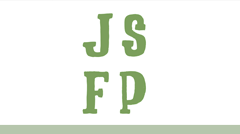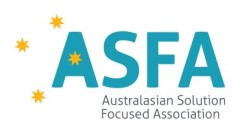Abstract
In the United States, child protective workers often find themselves in an adversarial relationship with families. They usually carry out indirect work monitor ing set treatment plans and making referrals to treatment or intervention pro grammes such as parenting courses and anger management which have limited effectiveness in reducing risk behaviours. In this descriptive study, a group of child protective workers have undergone Solution-Focused training in direct work with families and are receiving Solution-Focused supervision. The use of the miracle question is outlined in detail as an example of how workers can be encouraged to move towards a more positive, hopeful practice.
Recommended Citation
Blundo, Robert (Bob)
(2014)
"Group supervision in Child Protective Service: Utilising the miracle question,"
Journal of Solution Focused Practices: Vol. 1:
Iss.
1, Article 6.
Available at:
https://oasis.library.unlv.edu/journalsfp/vol1/iss1/6




